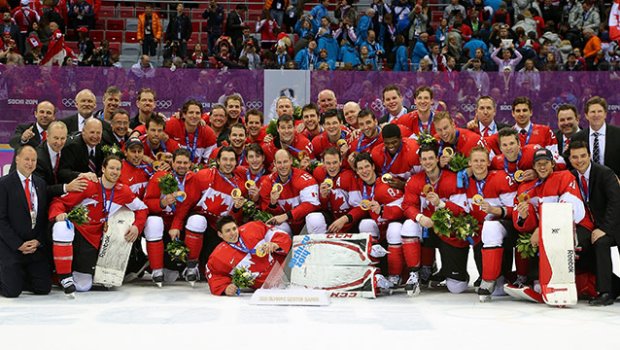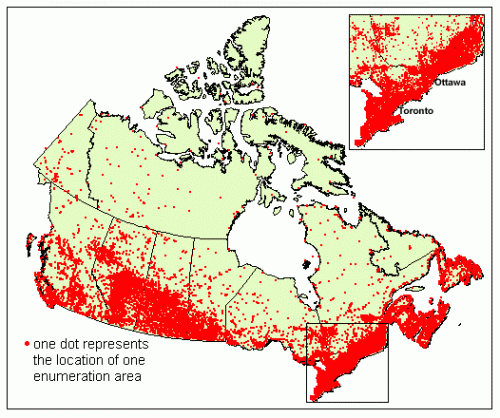The Maple Leaf
 |
| Source: |
The maple leaf is one of the most recognizable Canadian symbols. From as early as 1700, the image of the maple leaf has represented the country. Maple trees and leaves are a staple in the landscape of the country. At least one species of maple trees is native to each province. In 1965, the image of the red, eleven pointed maple leaf became the official national flag of Canada. The maple leaf is also seen on the Canadian penny, military emblems and badges and the Canadian coat of arms.
Source: http://www.pch.gc.ca/eng/1363626184104/1363626227047
Hockey
 |
| Source: |
Ice Hockey is the national winter sport of Canada. Whether you are skating on the ponds or representing your country in international tournaments, hockey is engraved in the culture of the country. The Canada Men's Ice Hockey National Team has medaled in fifteen of the twenty-three Winter Olympic Games. There are numerous leagues and levels of play throughout the country including seven clubs in the National Hockey League. As of 2012, 54% of the NHL was made up of players from Canada.
Sources: http://www.hockeycanada.ca/en-ca/Team-Canada/Men/Olympics.aspx, https://www.google.com/webhp?sourceid=chrome-instant&ion=1&espv=2&ie=UTF-8#q=canadian+teams+in+nhl, http://stats.nhlnumbers.com/nationalities/2012
Niagara Falls
 |
| Source: |
Niagara Falls is one of the premiere travel destinations in all of North America. The Falls are located on the border between Ontario and the United States. It is made up of three different falls, the American Falls, the Bridal Veil Falls and the Canadian (Horseshoe) Falls. The Falls attract about twelve million tourists each year. The Niagara River which runs over the falls is a result of the melting during the last Ice Age. This fresh water fall is the second largest waterfall in the world, second only to Africa's Victoria Falls.
Source: http://www.niagarafallslive.com/Facts_about_Niagara_Falls.htm


